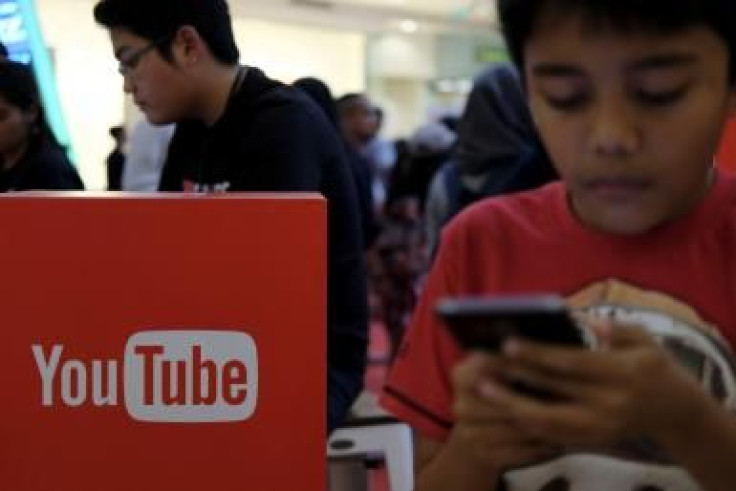YouTube Wants Parents To Have More Control Over What Children Watch Online

YouTube has been grappling with how to moderate its content recently. While many advertisers withdrew their ads from the video sharing platform at the start of the year, a New York Times report published on Nov. 8 blamed the platform for exposing children to strange and somewhat disturbing videos.
Strange and disturbing videos on YouTube, specifically aimed at kids, seem to have morphed into a genre by itself. To resolve this, the company announced in August that it will stop letting content creators monetize videos that made "inappropriate use of family-friendly characters."
The company is now implementing new age restrictions that will lead to better filtering of videos. Similar to rival video site, Dailymotion’s Age Gate, the company will implement Age Restricts that will flag inappropriate content.
"We’re in the process of implementing a new policy that age restricts this content in the YouTube main app when flagged. Age-restricted content is automatically not allowed in YouTube Kids," Juniper Downs, YouTube’s director of policy told the Verge on Thursday.
YouTube is facing the struggle that every social network is — what content to monitor and censor and what to not. Since it is a video platform and the impact of audio-visual content is huge on children of impressionable ages, the platform needs to be held responsible for what content such audiences are exposed to on its platform.
The company is now changing its policies, especially with regards to making the YouTube Kids app better filtered. Content from the main YouTube platform will take some time to make it to the YouTube Kids app. The company hopes that, in that duration the content can be appropriately flagged. It already employs algorithms and human reviewers to screen content for YouTube Kids. The company claims that the chance of error in this process is just 0.005 percent.
The company will also make changes to its main app to restrict content according to age. Age restricted content will be exempt from advertizing, forcing creators to create more family-friendly content if they want to monetize.
If you don’t want to restrict your kids from watching YouTube videos and yet, don’t want to risk exposing them to inappropriate content, the best bet is to let them access the platform using the YouTube Kids app.
Here are some ways you can make YouTube safer for kids:
To enable parental controls on YouTube, you can simply scroll down from the main page and turn on the Restricted Mode. You can also use parental control software such as KidsWatch, which will restrict their access to inappropriate content. If you find a video aimed at kids inappropriate for kids to watch, you can click on the three dots next to the "add video to playlist" button and click on Report and flag the video. If you are on an iOS or Android device, you can download apps such as Safe Tube TV.
There are also special browsers like Maxthon browser which can monitor all web traffic on a device and filter inappropriate content.
However, it still merits mentioning that no method is a 100 percent foolproof. The best way is to keep monitoring browsing history for inappropriate content and educate kids about staying away from such content.
© Copyright IBTimes 2024. All rights reserved.











